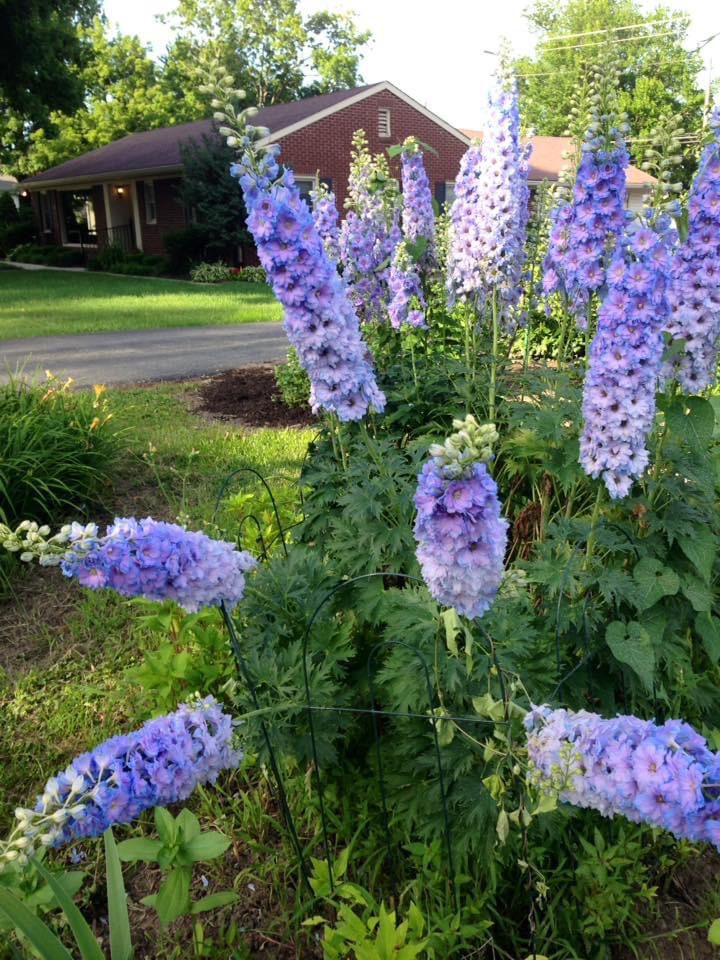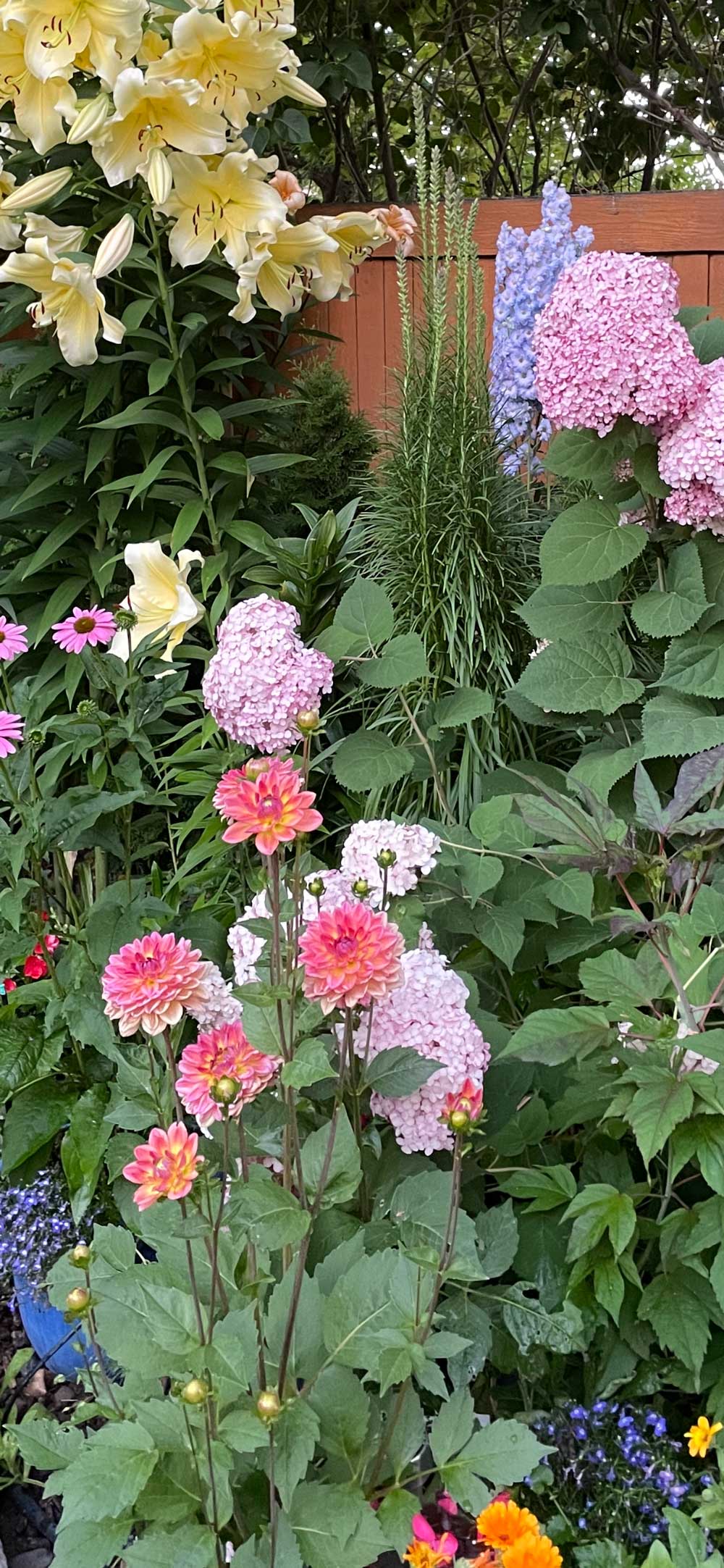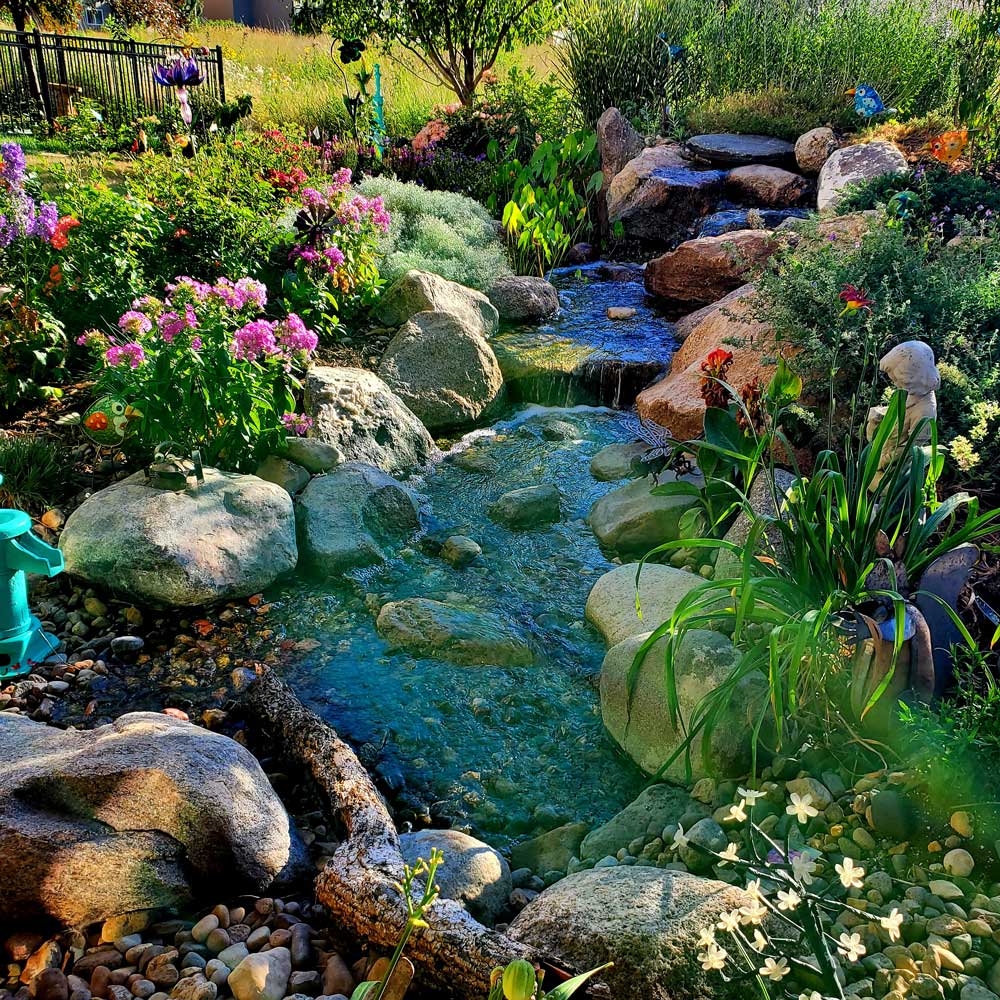About Delphinium
In the garden, in a vase or dried, delphinium is lovely! Towering spikes one to seven feet high emerge in June and July and while their vibrant sapphire flowers are widely recognized, delphiniums also come in hues like mauve, pink, white, and varying shades of blue. Look out for their double blooms, many of which display bicolor within the same bloom.
Delphiniums are essential in cottage gardens and herbaceous borders, contributing height and a burst of color to displays. They harmonize well with roses, peonies, and other vertical flowers like lupins and stock. The bee-friendly nature of their flowers adds to their appeal, and they make a striking addition to floral arrangements.
When to Plant Delphinium Seeds
Plant your delphinium seeds directly in flower beds in early summer.
Where to Plant Delphinium Seeds
Cultivate delphiniums in well-drained, moist soil under full sunlight. To address challenges with wet winter soil, enhance drainage by incorporating grit like sand into the planting hole, especially if dealing with heavy soil.
Delphinium plants like full sun to partial shade, and they will grow very quickly. They thrive in average soil and cool weather.
How to Plant Delphinium Seeds
While not required, delphinium seeds can benefit from a special one to two week treatment called cold moist stratification prior to planting them. Learn more about the importance and process of cold moist stratification here.
Delphinium is notoriously difficult to transplant, so it is best to sow seeds directly into your flower garden after all danger of frost. When the soil is about 70°F to 75°F, sow your seeds and cover them lightly with 1/8th inch of soil. Space your seeds four inches apart, and after germination, thin seedlings to 10 to 12 inches apart. Keep the soil moist to feed your delphinium’s fast growth.
How to Care for Delphinium
Safeguard emerging shoots from slugs during spring. Provide staking as soon as growth begins to keep them safe from bending under the weight of the blooms. During dry periods, water them once or twice a week. Weekly feeding with a high-potash fertilizer is advisable. Following the flowering period, trim stems to stimulate a second round of blooms. Mulch with well-rotted manure or leaves in autumn for added protection and nourishment.
Delphinium are highly susceptible to frost, fungal disease (especially Sclerotium), and mildew. Insects should not be a problem, but if they are, use a general purpose insect repellent. Delphinium can be poisonous to some animals, most notably cattle.
** Delphinium can be poisonous to some animals—most notably cattle!**





